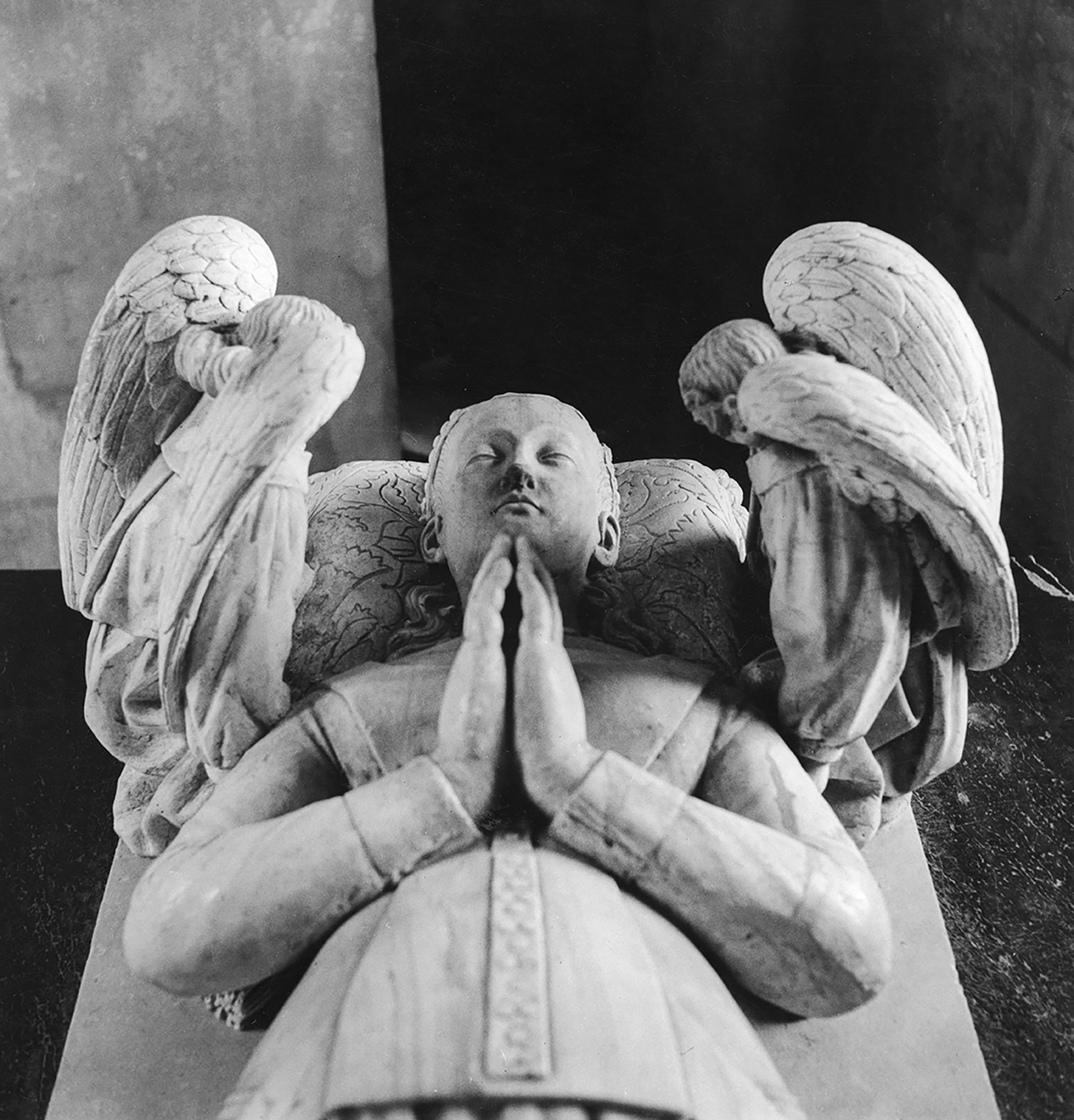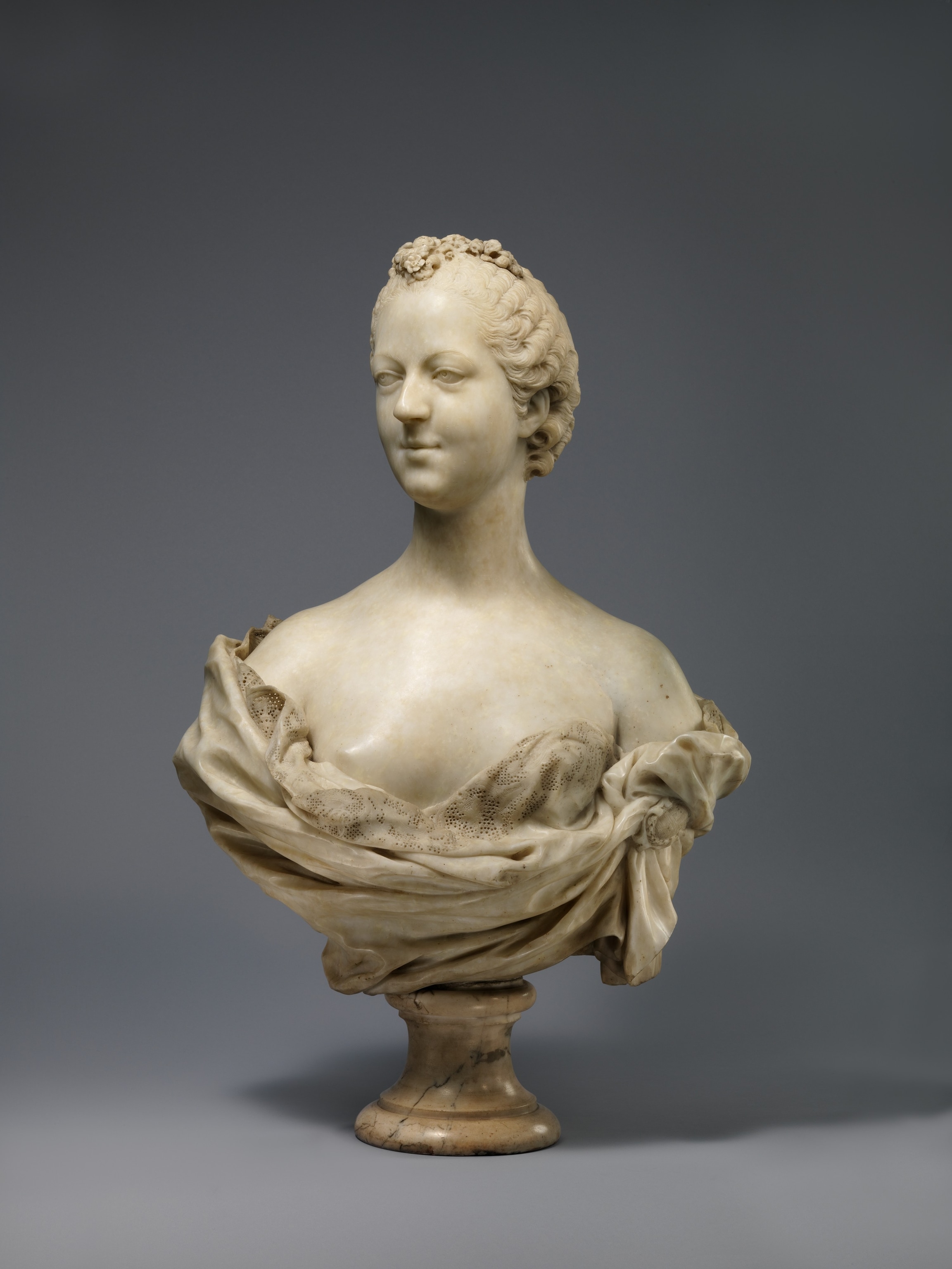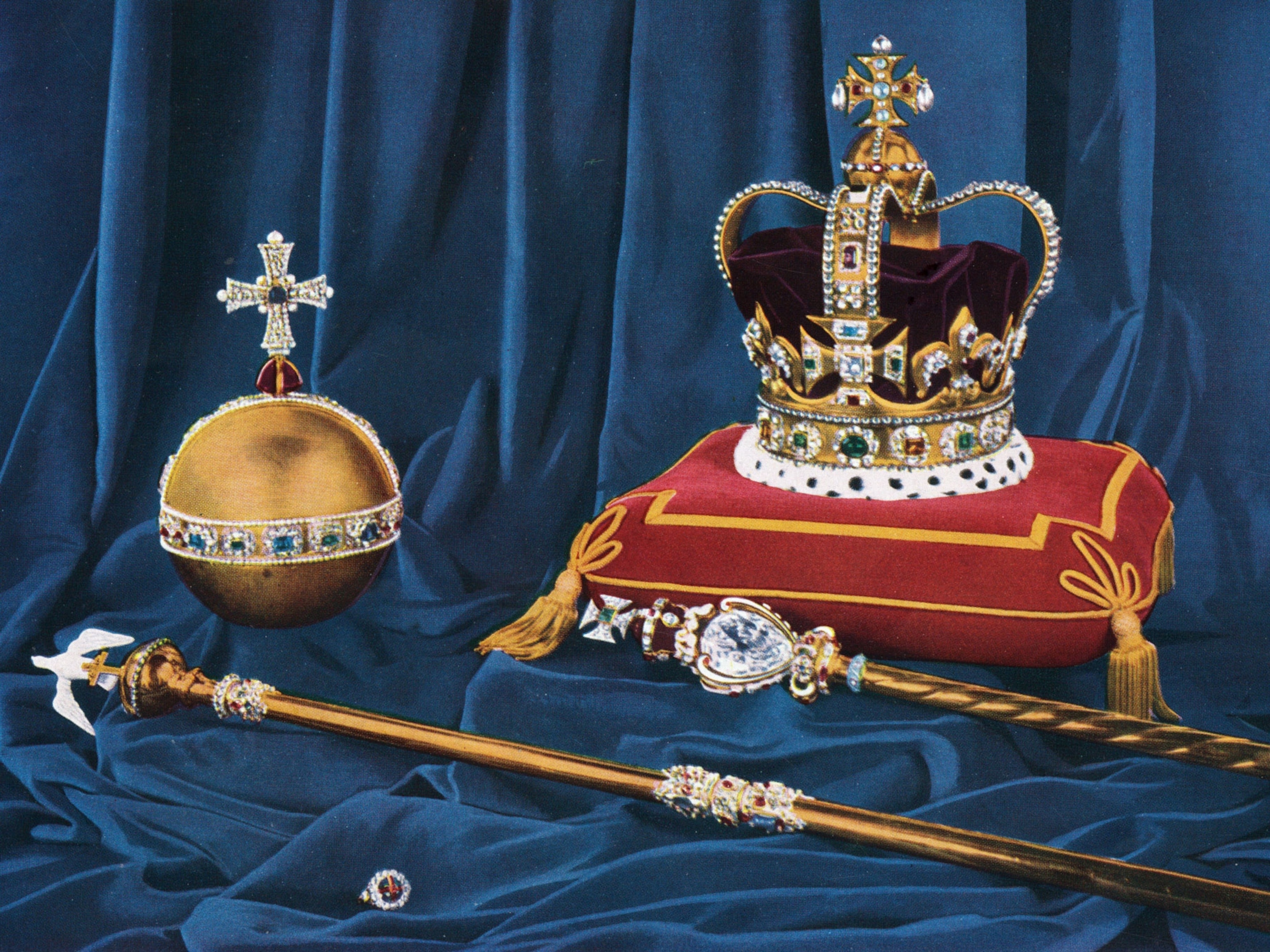4 French royal mistresses who made their mark on history
From Madame de Pompadour to Jeanne du Barry, these women wielded power in pre-Revolutionary France as companion to the king.

Who’s the most important woman in France? During the French monarchy, it may not have been the queen, but the king’s official mistress—the maîtresse-en-titre.
She often ruled both his heart and his political decisions. As a result, French royal mistresses reached heights of power unknown to most women of their day. Here are the stories of just four of the many mistresses who left their mark in history.
Why were mistresses so powerful?
Many European royals had extramarital affairs, but in France, mistresses enjoyed both royal favor and official recognition. Many queens were foreign-born, and all royal marriages were carefully arranged alliances. This led to everything from distrust to downright animosity between kings and queens, and often kings sought affection and companionship outside royal marriages.
(What you might not know about Marie Antoinette.)
As historian Tracy Adams notes, women at the time were acknowledged as men’s intellectual equals, but couldn’t legally compete with kings for their thrones. Because of this inferiority, they made the best choice for political advisors, Adams says. Most French kings from Charles VI took counsel from their lovers.

Agnés Sorel (1422-1450)
Also known as the “lady of beauty,” Agnés Sorel is often considered the first officially recognized French royal mistress.
Born into minor nobility, she rose to lady-in-waiting to Marie d’Anjou, wife of Charles VII of France. Soon after moving into the queen’s household in 1444, Sorel began an affair with Charles, from whom she received gifts of jewels and fine clothing. Sorel and the king had three daughters who survived infancy; the king recognized all three and gave them dowries when they married.
Sorel is best known for her fashion sense—she was excoriated outside of court for her love of low-cut and even open-fronted dresses and is thought to have inspired at least one iconic “Nursing Madonna” painting—and possibly her untimely death.
A few years after her affair with Charles began, she developed a stomachache and died after great suffering. The cause of her death remained an mystery until 2005, when researchers found traces of mercury poisoning. That mercury might have been a treatment for roundworms, but others suggest she was assassinated, by political enemies or perhaps even Charles VII himself.

Diane de Poitiers (1499-1556)
de Poitiers was a young widow when she served in the court of King Francis I, impressing him with her savvy management of her late husband’s estate. Though Francis respected her, she made an even greater impression on his son, Henry. At seven years old, the prince was sent to live in Spain for more than four years as a result of his father’s loss at the Battle of Pavia. When Henry returned, de Poitiers, now in her thirties became the teenager’s lover.
Henry often wore Diane’s colors—black and white, representing both her widowhood and her namesake, the Roman moon goddess—and de Poitiers became his most trusted advisor and companion. Though banished briefly from court (accused of a plot to unseat King Francis), she returned to the court after Francis’s 1547 death.

Henry was named King Henry II, and though he had a long marriage to Catherine de’Medici that produced seven surviving children, his relationship with de Poitiers endured for decades. She arranged for the care of his children, looked after the crown jewels of France, and even wrote his letters, which she signed with the combined name “HenriDiane.”
In 1559, Henry was injured in a joust, again wearing black and white. As the king slowly died of sepsis, the queen forbade his mistress from visiting his bedside. After his death, de Poitiers lived in exile. She lived a comfortable life in her grand chateau until her death, possibly from poisoning from a gold concoction designed to maintain her youth.
Madame de Pompadour (1721-1764)
One of the most loved and most powerful royal mistresses was Jeanne Poisson, Marquise de Pompadour—often known as just “Madame de Pompadour.” She came from a family far removed from royal circles—her father was a government official who fled the country after a corruption scandal, leaving her with her now penniless mother. But after a fortune teller told her she would one day become mistress to a king, she was given a private education befitting the ultimate maîtresse thanks to a friend of her father’s, whom it is speculated was actually her biological father.

Known as “Reinette,” or “little queen,” she moved in the world of Paris salons, sharpening her conversational skills and gaining notice for her charm. She married Charles d’Étoilles, a financier, when she was 19. In 1744, she finally made her move, attracting Louis XV’s attention by promenading in a carriage near his hunting grounds. Intrigued and in want of a new mistress, he began meeting with her.
Soon, they took the affair public: At a lavish masked ball in the Hall of Mirrors, the king allowed himself to be seen unmasked, in intimate conversation with his new, still-married mistress. The king gave her the title of Marquise of Pompadour, dispatched her husband with a position as an ambassador at a far-off embassy, and gifted her a room with a secret staircase leading to his bedchamber and a variety of chateaus and royal gifts, including the building now known as the Petit Trianon.
Despite public condemnation of her influence, she encouraged the king’s excesses, promoting his support of the arts, staging private theatricals for his amusement, and even convincing him to support a variety of Enlightenment-era luminaries, including the authors of the first French encyclopedia. Her health was poor, and the king lovingly nursed her on her deathbed, where she died at just 43 years of age.

Jeanne du Barry (1743-1793)
Louis XV’s next mistress would play a part in both his reign and the downfall of the French Empire. After Pompadour’s death, Louis fell in love with Jeanne Bécu, a prostitute turned high-society courtesan who seduced him with her beauty and her reputed sexual charms despite a 33-year age difference. Refusing to have an official mistress who was not an aristocrat, the king arranged for her to marry Count Guillaume du Barry, then moved her into Versailles.
Louis’s reputed excesses on behalf of his mistress shocked all of France. He gave Madame du Barry magnificent jewels and clothing and refused her nothing, even gifting her a Bengali slave, Zamor, who acted as her personal servant. He also gifted a diamond necklace so massive the country could not afford to pay for it.
(Bastille Day celebrates the rebellion that ignited the French Revolution.)
News of the necklace and other extravagances continued to rile France even after Louis XV’s death, after which du Barry was banished from court.
Revolutionaries eventually accused Marie Antoinette, wife of Louis XVI, of purchasing the necklace from a corrupt cardinal. du Barry was also swept up in the nation’s deadly revolutionary fervor when Zamor, who had endured years of her exploitative treatment, denounced her to revolutionaries for supposedly financially aiding counter-revolutionaries. She was arrested during the Reign of Terror and beheaded in front of a sneering crowd in 1793.
Related Topics
You May Also Like
Go Further
Animals
- These pelicans are starving to death—despite plenty to eatThese pelicans are starving to death—despite plenty to eat
- The world's largest fish are vanishing without a traceThe world's largest fish are vanishing without a trace
- We finally know how cockroaches conquered the worldWe finally know how cockroaches conquered the world
- Why America's 4,000 native bees need their day in the sunWhy America's 4,000 native bees need their day in the sun
- Crowdsourcing an anti-poaching movement in South Africa
- Paid Content
Crowdsourcing an anti-poaching movement in South Africa
Environment
- 2024 hurricane season forecasted to be record-breaking year2024 hurricane season forecasted to be record-breaking year
- Connecting a new generation with South Africa’s iconic species
- Paid Content
Connecting a new generation with South Africa’s iconic species - These images will help you see coral reefs in a whole new wayThese images will help you see coral reefs in a whole new way
- What rising temps in the Gulf of Maine mean for wildlifeWhat rising temps in the Gulf of Maine mean for wildlife
- He’s called ‘omacha,’ a dolphin that transforms into a man. Why?He’s called ‘omacha,’ a dolphin that transforms into a man. Why?
History & Culture
- I wrote this article with a 18th century quill. I recommend it.I wrote this article with a 18th century quill. I recommend it.
- Why this Bronze Age village became known as ‘Britain’s Pompeii’Why this Bronze Age village became known as ‘Britain’s Pompeii’
- These modern soldiers put Bronze Age armor to the testThese modern soldiers put Bronze Age armor to the test
- Should couples normalize sleeping in separate beds?Should couples normalize sleeping in separate beds?
- They were rock stars of paleontology—and their feud was legendaryThey were rock stars of paleontology—and their feud was legendary
Science
- Tuberculosis is rising in the U.S. again. How did we get here?Tuberculosis is rising in the U.S. again. How did we get here?
- Are ultra-processed foods as addictive as cigarettes?Are ultra-processed foods as addictive as cigarettes?
- Epidurals may do more than relieve pain—they could save livesEpidurals may do more than relieve pain—they could save lives
- Why the world's oldest sport is still one of the best exercisesWhy the world's oldest sport is still one of the best exercises
Travel
- How to plan the ultimate island-hopping adventure in ScotlandHow to plan the ultimate island-hopping adventure in Scotland
- Why this Scottish island is best explored by waterWhy this Scottish island is best explored by water
- Return to the wild: Connecting with Canada's heritage
- Paid Content
Return to the wild: Connecting with Canada's heritage - A practical guide to cycling Slovenia Green RoutesA practical guide to cycling Slovenia Green Routes
- This road trip journeys through Albania's wild, blue heartThis road trip journeys through Albania's wild, blue heart



.jpeg)




